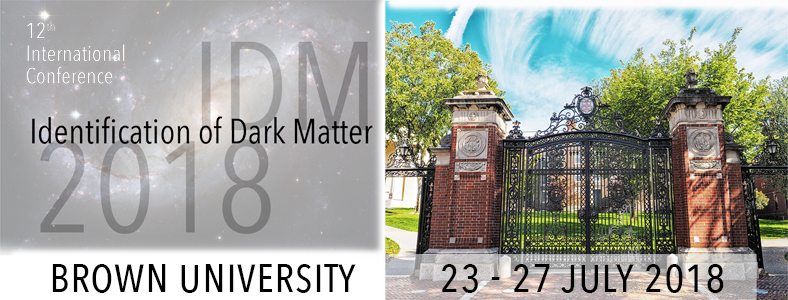Speaker
Description
The dark matter (DM) content in the local solar neighborhood is an important ingredient for direct detection experiments on Earth such as LZ, Xenon, PandaX, and searches for DM in charged cosmic ray data from PAMELA, AMS-02, DAMPE, and CALET. Traditionally, the local DM density has been estimated by analyzing the vertical motion of different ‘tracer’ stars in the solar neighborhood. These methods rely on an accurate reconstruction of the galactic potential by modeling baryonic matter, namely interstellar gas and stars, as disks with different scale heights and normalizations, and approximating the collisionless DM halo as a constant DM density at low heights above the galactic plane. However, dissipative interactions in, even a fraction of, the dark sector could lead to the formation of a thin dark disk, parametrized by its surface density and scale height, co-rotating with the baryonic disk. In this talk, we present constraints on thin dark disk parameters using the 6D phase space information of stars from the latest Gaia data release (DR2). We also determine a value of local DM density (in absence of a thin dark disk) that is consistent with those from complementary methods in the literature. Lastly, we discuss data selection in DR2, choice of tracer stars, and the robustness of our results in light of the assumptions implicit in our analysis.
